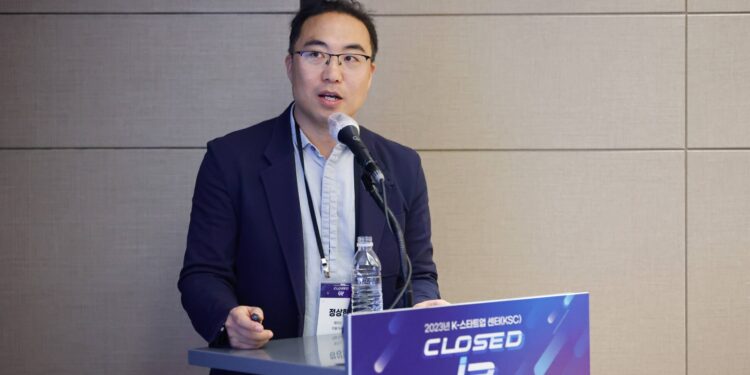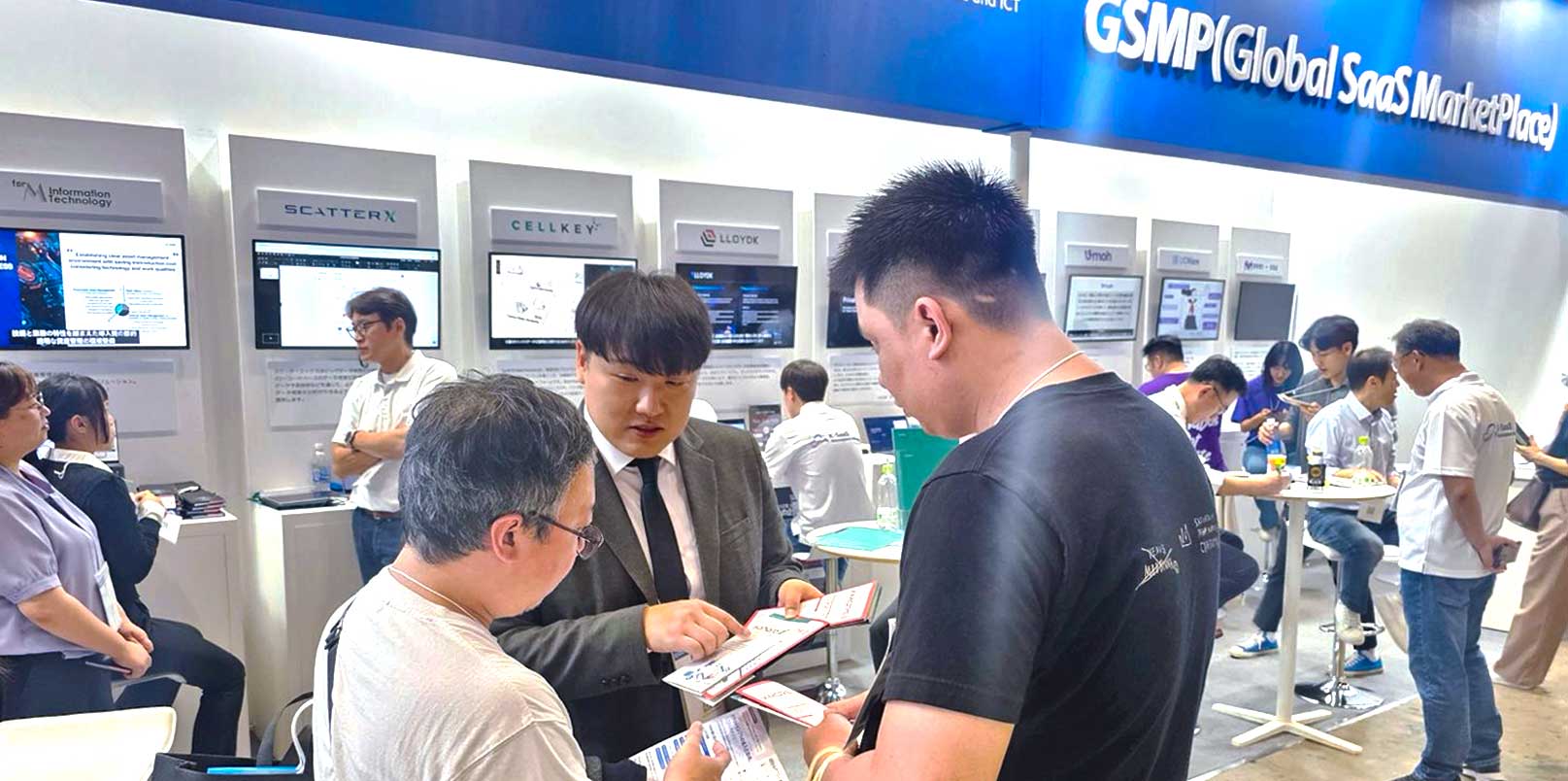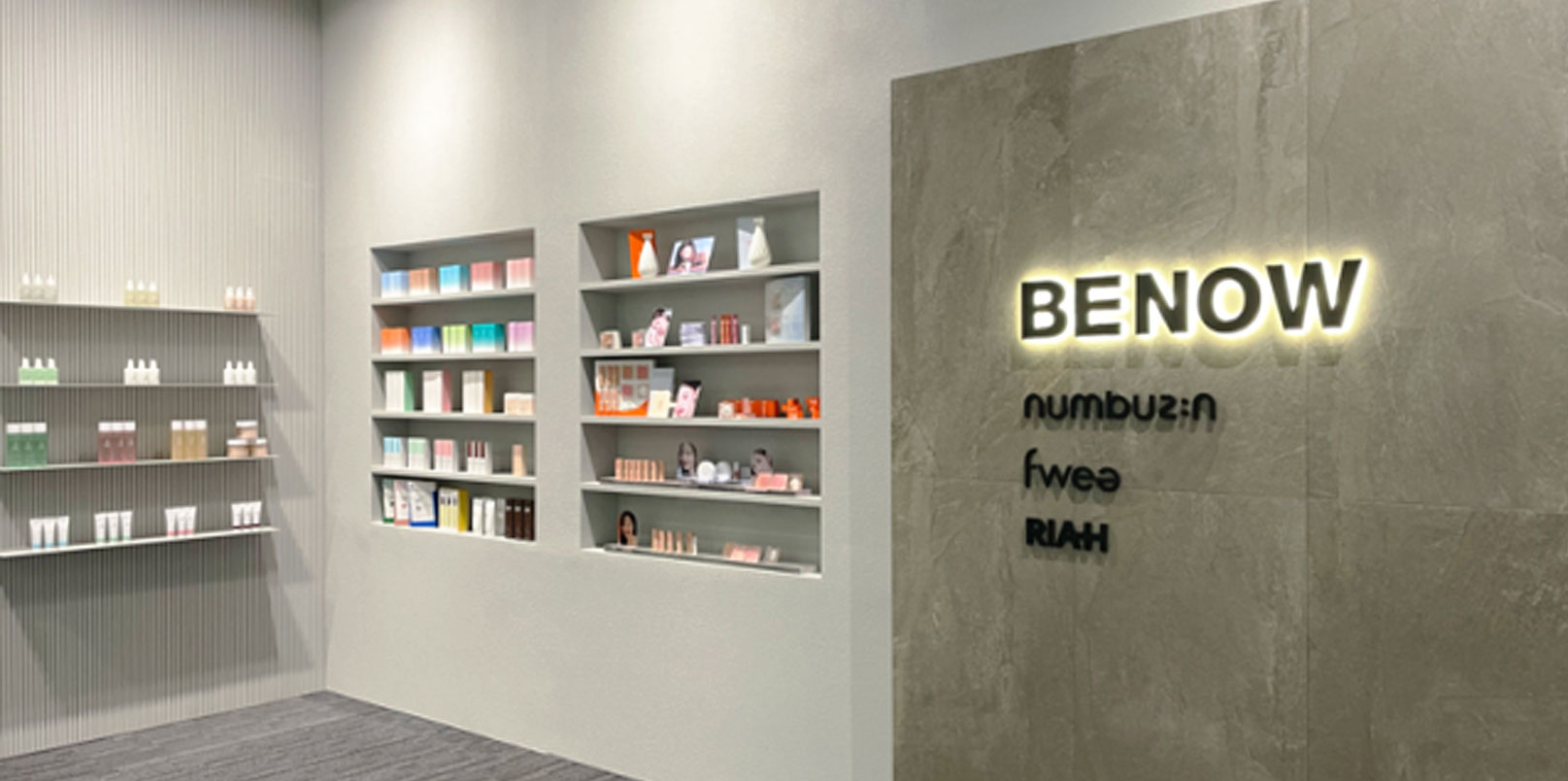Q. What inspired you to start AIRS, and how did you realize fracture surgery needed innovation?
AIRS was founded in 2020 with the goal of commercializing research outcomes from the Convergence Medical Device and Robot Research Institute at Kyungpook National University. Traditional fracture surgeries heavily relied on the experience of medical professionals, who had to interpret complex fracture conditions using 2D X-ray images. This process posed risks such as errors and excessive radiation exposure. To solve these issues, AIRS was established to leverage AI and robotic technologies, aiming to digitize fracture surgery and provide a safer and more precise surgical environment.
Q. Can you explain what your solution does and how it makes surgery safer and easier for doctors and patients?
AIRS offers the RONAVIS system, which supports fracture surgery, specifically targeting long bone fractures in limbs. It consists of a robot, navigation system, and bone fixation devices to enable precise and safe procedures. The robot aligns fractured bone fragments with high precision, while the navigation system provides real-time 3D positional information of the fragments to support accurate surgery. This allows medical professionals to perform surgeries more efficiently and safely, and enables patients to receive more accurate fracture treatments. The system is currently being piloted in hospitals and receiving positive feedback for reducing radiation exposure and physical strain during surgeries.
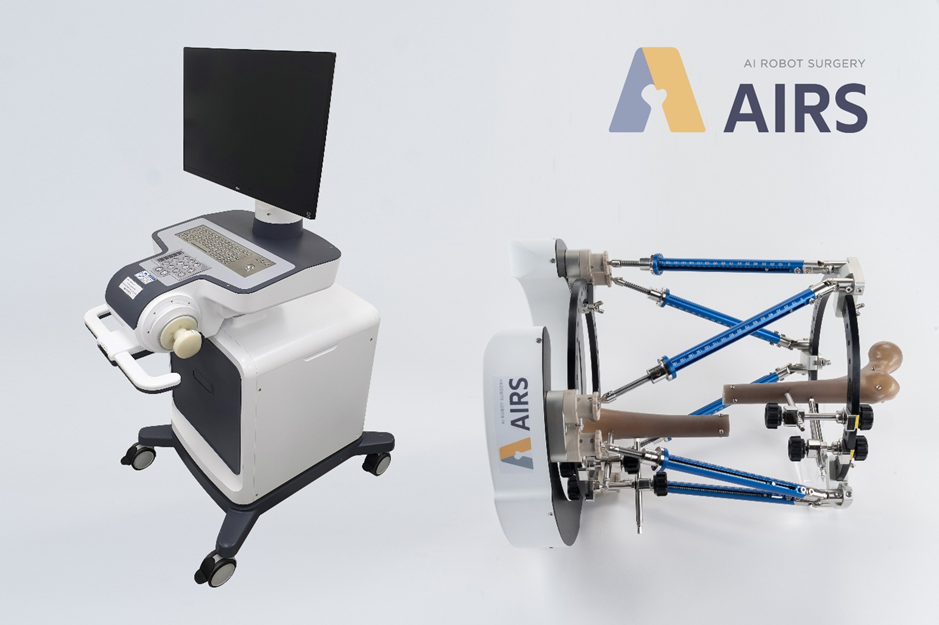
Q. You recently raised 5 billion won and received 3.6 billion won in government support. How will this help you grow faster?
The secured funding will be used across various areas including talent acquisition, manufacturing facility expansion, international regulatory approvals, and clinical studies both domestically and overseas to build solid references. This will accelerate product development and commercialization, and lay the foundation for entering global markets. Especially through the Deep Challenge Project (DCP), we aim to develop an integrated platform for surgery support by combining AI, manufacturing, robotics, and navigation systems in collaboration with institutions like Harvard University.
Q. You mentioned global partnerships and plans for FDA approval. What are your next steps for expanding internationally?
We are currently focusing on obtaining international regulatory approvals and conducting clinical studies both in Korea and abroad to build solid references. Based on this, we are preparing for the FDA approval process while simultaneously forming global partnerships to strengthen our presence in the international market. We have already established collaborations with medical schools and hospitals in the U.S., Israel, Singapore, and Japan, through which we aim to validate the efficacy and safety of our system.
Q. Deep-tech startups often face challenges in going to market. How are you planning to bring your solution into hospitals?
Although we are systematically handling the entire lifecycle of medical device development—including R&D, regulatory processes, and clinical trials—we faced some delays in market entry due to a lack of experience in insurance listing, marketing, and sales. However, we are addressing this by collaborating with VentureBlick, a company with expertise in these areas. Additionally, being selected by JLabs is helping us strengthen our domestic and international sales capabilities.
Q. AIRS has received several approvals and awards. How important are these for your growth and trust with partners?
Certifications required for regulatory approval serve as key milestones for a medical device company. Successfully completing these steps and delivering results has helped build strong trust with our partners. We believe this trust played a significant role in securing new investments. While awards and recognitions also help build credibility regarding our technology and future potential, they serve more as a bonus than a guarantee. Ultimately, trust is built by consistently meeting goals and delivering results—and we are committed to continuing that effort.
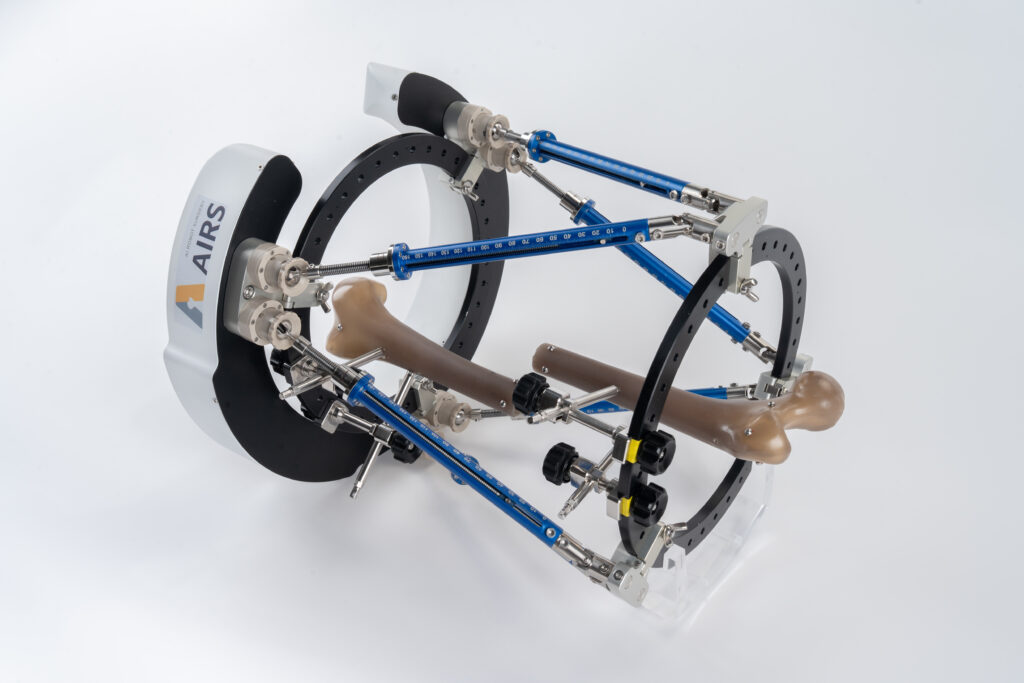
Q. AI and robotics in healthcare are growing fast. How does AIRS stay ahead and keep innovating?
We currently hold over 40 core patents for robotic and navigation technologies that support fracture surgery. We are developing a next-generation robot based on the keywords “wireless,” “automation,” and “wearable.” This version includes an automated bone alignment feature powered by machine learning. We aim to align our product with cutting-edge tech trends while continuing to invest in R&D for innovation. At CES 2025, where NVIDIA CEO Jensen Huang discussed “Physical AI,” we plan to address how our AI can estimate the impact of traction force on muscle tissue during robotic bone traction, expanding into the field of physical interaction between doctor, robot, and patient.
Q. How big is the market for your product, and where do you see AIRS in the next few years?
The surgical robotics market continues to grow, with orthopedic surgery robots increasingly capturing market share. Our bone fixation device has been approved for insurance reimbursement in Korea, and we expect to generate revenue domestically. Within the next five years, AIRS aims to deploy 1,000 fracture surgery support robot systems worldwide and generate 200 billion KRW in annual revenue.
Q. What advice would you give to other startups working on complex, high-tech products?
As we run our startup, we have grown alongside other companies like SurgicalMind, Cubelabs, Kavilab, Infoboss, and BeauBrain Healthcare, sharing challenges and collaborating in our fields. Building a strong network of partners rather than doing everything alone has greatly helped us grow—and I highly recommend that approach.
Q. What’s your big dream for AIRS in the future — beyond fracture surgery?
We want to lead the shift from analog to digital surgery—transforming procedures that once relied solely on physician experience into technology-driven, precise interventions using AI and robotics. This paradigm shift could reduce healthcare costs, improve working conditions for medical staff, and provide safer, more accurate care for patients. Starting with our robot-navigation system for fracture surgery, we plan to expand into broader orthopedic applications and build a digital surgery platform that connects with various emerging technologies.
Keep tab on latest news in the Korean startup ecosystem & follow us on LinkedIN, Facebook, and Twitter for more exciting updates and insights.



